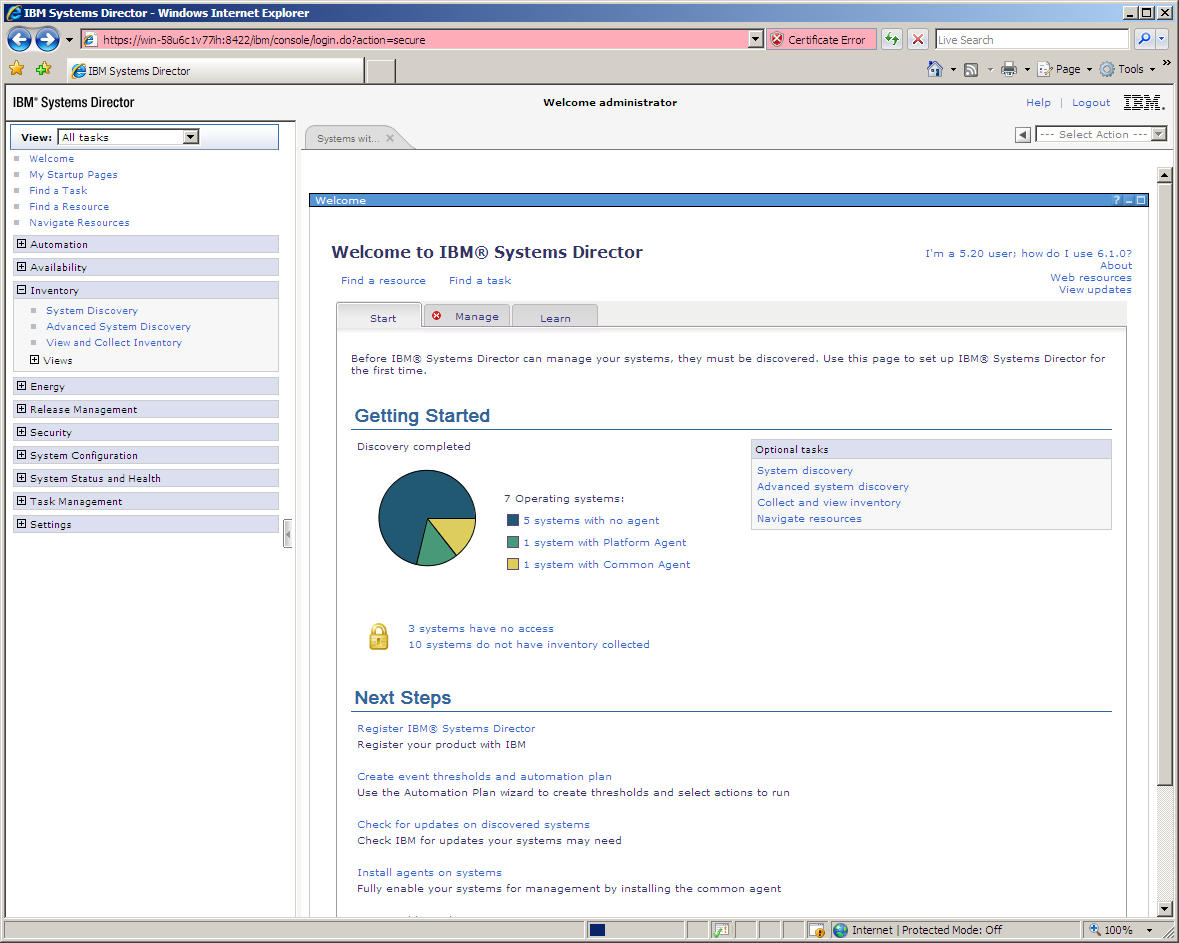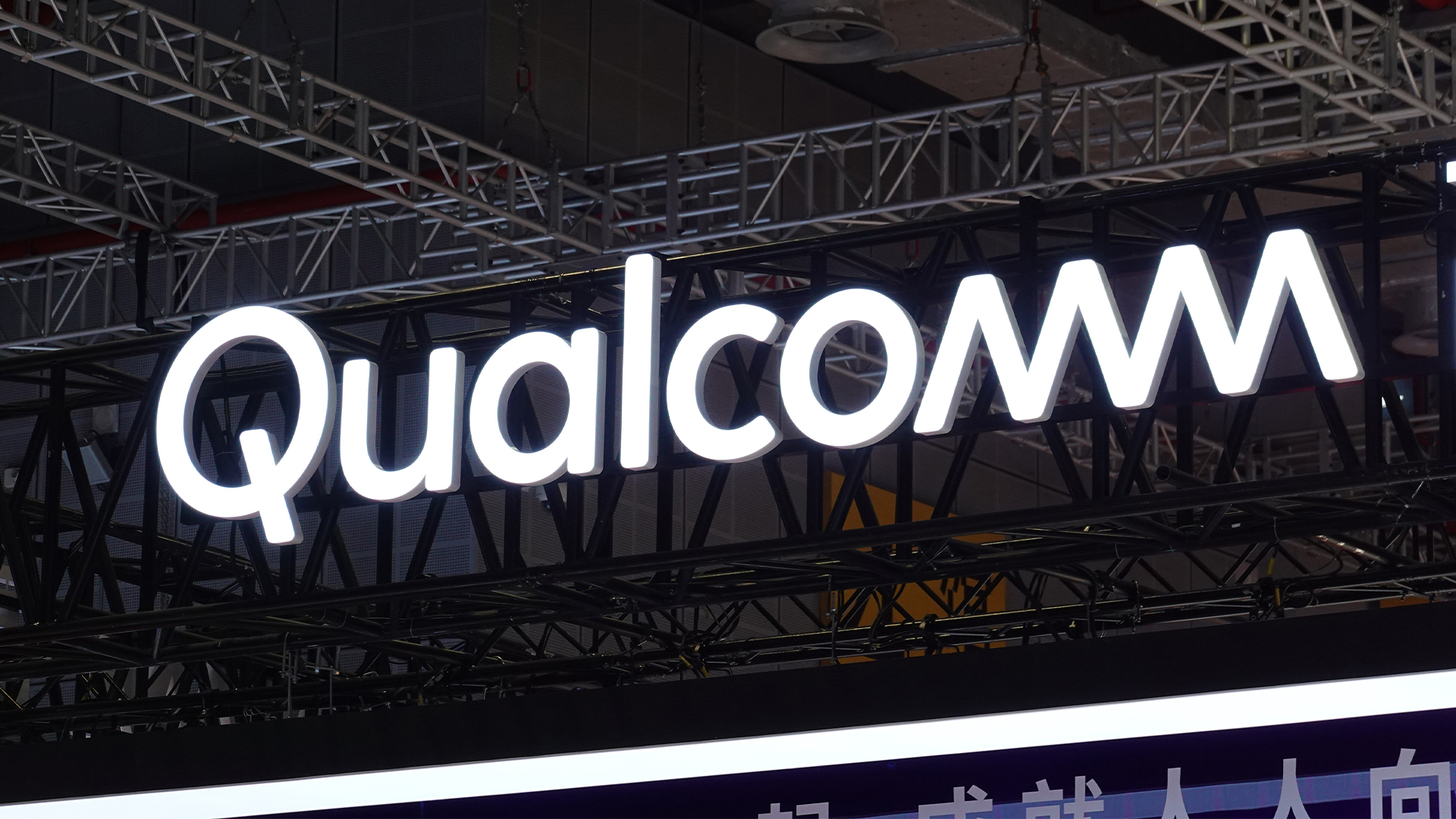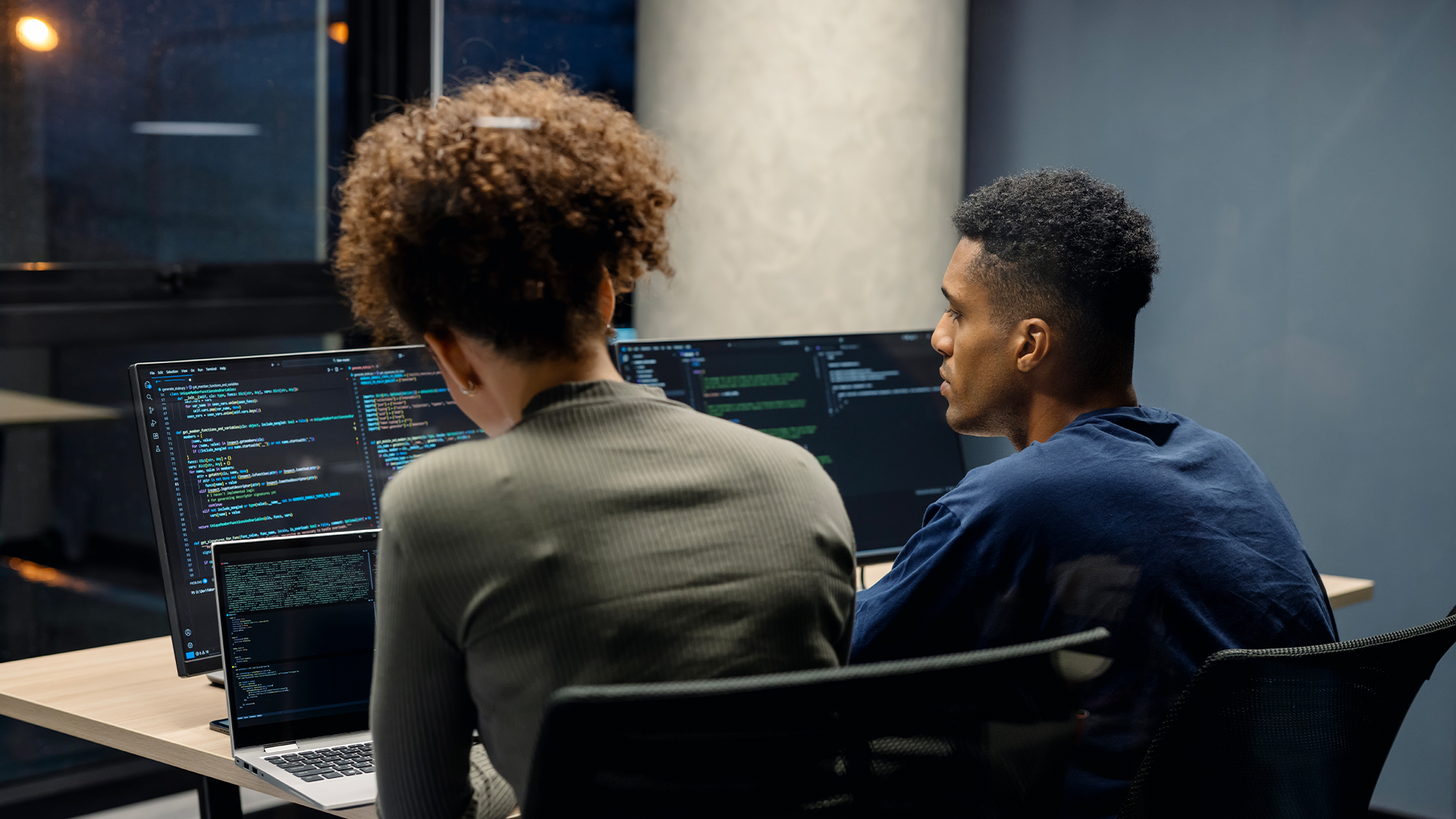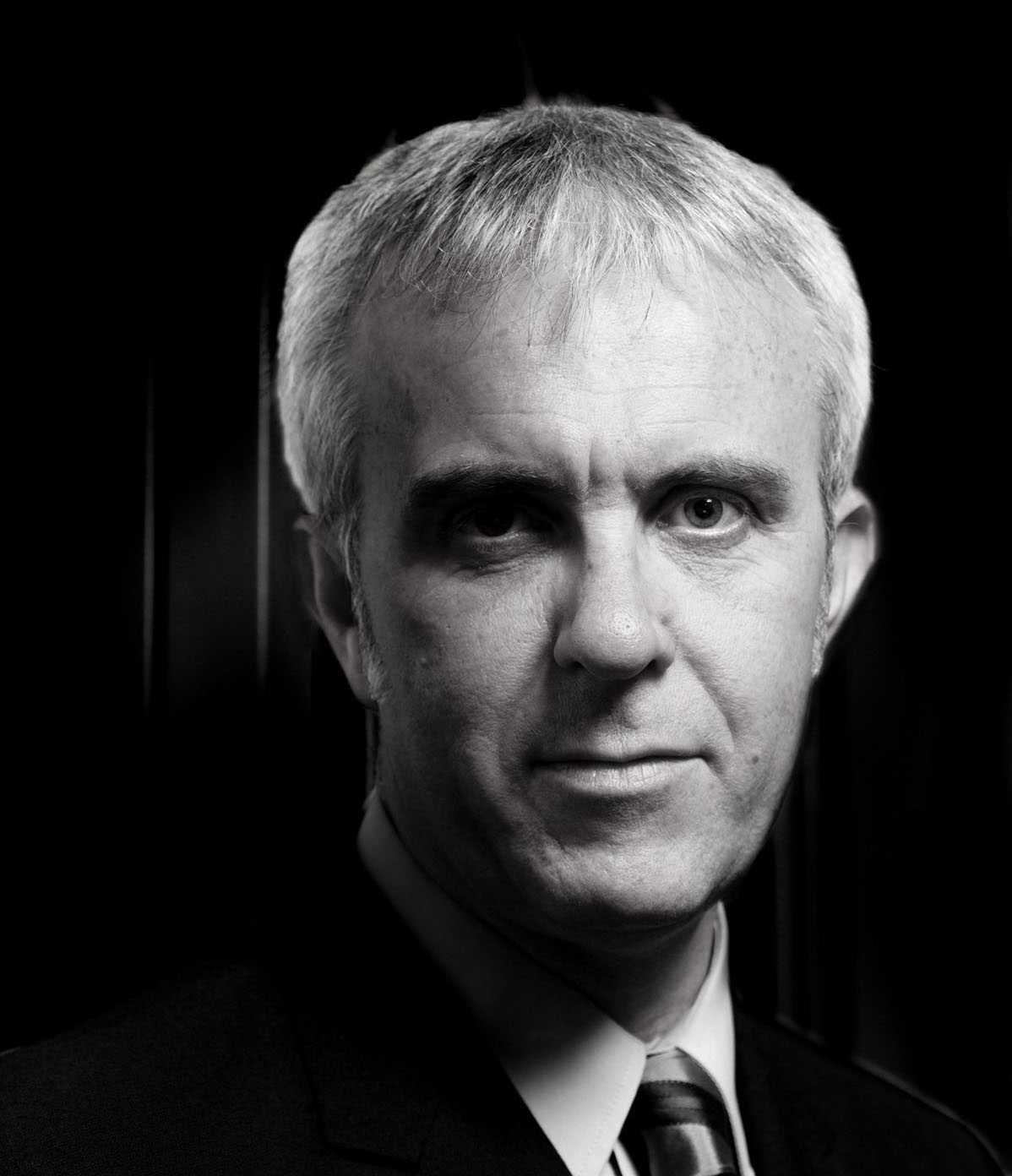IBM System x3650 M2 review
IBM’s latest 2U Xeon rack server delivers a choice selection of features, improved management and low power consumption. Can the x3650 M2 knock HP off the top spot?

The x3650 M2 is one of the best rack servers we’ve yet seen from IBM. Storage and memory potential aren’t as good as HP’s ProLiant DL380 G6 but support for up to 12 SFF SAS/SATA/SSD hard disks isn’t to be sniffed at. Remote management sees some major improvements, power consumption is comparatively low and it looks good value as well.

The results of the network discoveries are viewed from the Systems Director home page and options are provided for deploying agents to IBM and non-IBM systems. These enable you to collect inventory data, execute tasks such as file transfers and run remote control sessions using RDP or RealVNC.
IBM follows HP's power management initiatives as you can upgrade Systems Director with the new Active Energy Manager plug-in. This interacts with the server's IMM and provides power capping functions along with trend graphs of power consumption and system temperatures over time.

The new Systems Director is a vast improvement on its predecessor and easy to deploy and use.
The x3650 M2 is well designed and built and comes a very close second to HP for storage capacity as the main hard disk bay supports up to eight hot-swap SFF hard disks. Remove the small filler panel alongside and you can add four more drives. The DL380 G6 still wins out as it handle 16 SFF drives, whereas Dell's PowerEdge R710 can only manage eight.
Expansion options for the front drive bay are extensive. IBM offers a four-bay simple swap module or you can go for the 4-Pac HHD hot-swap option kit, which includes a SAS expander enabling all 12 bays to be managed by one controller. Moving the bays across to the right also makes room for an optional SAS tape drive.

Systems Director provides a heap of general systems management tools including inventory and remote access.
RAID card choices look good as the base model comes with a dual-port ServeRAID PCI-e card fitted behind the bay and supporting stripes and mirrors. This can be upgraded with cache memory and support for RAID-5 and 6 arrays and IBM offers a battery backup pack as well. The review system included the 256MB cache and BBU upgrade but you can go up to 512MB cache.
Sign up today and you will receive a free copy of our Future Focus 2025 report - the leading guidance on AI, cybersecurity and other IT challenges as per 700+ senior executives
Virtualisation gets more than a passing nod as the riser card for the RAID controller has an internal USB port, which can be used to add a bootable storage device for loading VMware ESXi 3.5. HP and Dell do score better here as both their 2U rack servers have internal SD card slots for this function.
Dave is an IT consultant and freelance journalist specialising in hands-on reviews of computer networking products covering all market sectors from small businesses to enterprises. Founder of Binary Testing Ltd – the UK’s premier independent network testing laboratory - Dave has over 45 years of experience in the IT industry.
Dave has produced many thousands of in-depth business networking product reviews from his lab which have been reproduced globally. Writing for ITPro and its sister title, PC Pro, he covers all areas of business IT infrastructure, including servers, storage, network security, data protection, cloud, infrastructure and services.
-
 Qualcomm the data center with $2.4 billion Alphawave Semi acquisition
Qualcomm the data center with $2.4 billion Alphawave Semi acquisitionNews The move sees Qualcomm absorb Alphawave Semi’s portfolio of custom silicon, high-speed connectivity solutions, and chiplets
By Daniel Todd Published
-
 ‘If software development were an F1 race, these inefficiencies are the pit stops that eat into lap time’: Why developers need to sharpen their focus on documentation
‘If software development were an F1 race, these inefficiencies are the pit stops that eat into lap time’: Why developers need to sharpen their focus on documentationNews Poor documentation is a leading frustration for developers, research shows, but many are shirking responsibilities – and it's having a huge impact on efficiency.
By Ross Kelly Published
-
 OpenAI says GPT-5.2-Codex is its ‘most advanced agentic coding model yet’ – here’s what developers and cyber teams can expect
OpenAI says GPT-5.2-Codex is its ‘most advanced agentic coding model yet’ – here’s what developers and cyber teams can expectNews GPT-5.2 Codex is available immediately for paid ChatGPT users and API access will be rolled out in “coming weeks”
By Ross Kelly Published
